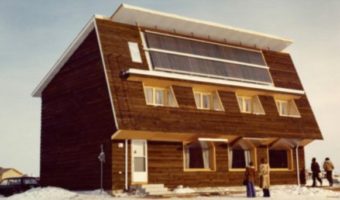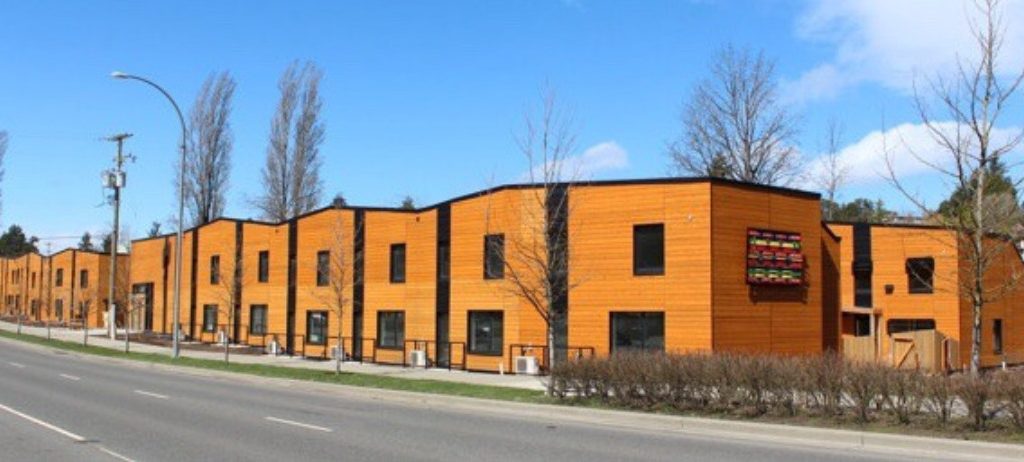Most home buyers believe Passive House and other super energy-efficient homes and buildings are unaffordable. This is because they are primarily focusing on the additional up-front capital cost and the effect it will have on their monthly mortgage payment. What they are not considering are all the positive effects Passive House has on long term energy savings, reduced maintenance costs, the return on investment (ROI) (1) at the time of re-sale and, of course, climate change.
Note to reader. For the purpose of this article, energy efficient homes and Passive House are one in the same. A Passive House can be either a single family home or a multi-family or commercial building.

A Passive House does cost about 10% more compared to a code minimum home(2). For example, to turn a $400,000 code minimum home into a Passive Home would add approximately $40,000 to its completed cost. As per Passive House Canada “The incremental cost of reaching Passive House performance depends on several factors, including the severity of the climate, the type of building and the availability of high quality building components. The cost effectiveness of doing so in any location will be affected by the local price of energy and by local building energy standards.“ That stated, an investment of approximately 10% in the building’s control layers (building envelope) will pay for itself in 10 to 12 years. If energy prices go up, which current trends indicate they will, the payback will be faster.

8 reasons why Passive House is a wise investment and the right thing to do!
1. Whether you’re a climate change believer or denier it doesn’t matter. A strong movement towards energy conservation is happening and nothing will stop it.
2. Building codes demand it. Like it or not, drastic overhauls in building code regulations incorporating more stringent energy conservation standards will continue to impact new home construction. Canada’s goal is for new buildings to be carbon neutral by 2030. This means that all new homes and buildings must not contribute to greenhouse gas emissions and climate change.
3. Climate change demands it. Buildings account for over 40% of emissions. There is simply no other alternative. Future homes and buildings must become more efficient. Owners of homes and buildings will feel a moral responsibility to do their part to fight climate change.
4. Health. Sustainability. Comfort. By focusing on building science, Passive House offers superior sustainability. Comfort and health are not a luxury, they come standard with Passive House.
5. Passive House wall insulation will consume 80 to 90% less energy than typical homes and buildings. As climate change becomes more severe, Passive Homes will become more valuable. Millennials will likely choose energy efficiency over minimum code. To compete with energy efficient houses on the market, sellers of code minimum homes may have little choice but to upgrade their properties.
6. Return on Investment (ROI). Passive House makes dollars and sense. A Passive House is capable of cutting a $1000 energy bill to as little as a $100 – ten times less. This appeals to people who plan to live in the same home or building for many years. These folks realize their home will be far more valuable when its time to sell.
7. What keeps warmth and comfort inside, keeps noise outside. Thick insulation and high performance windows significantly reduce outside noise.
8. A Passive House is a great conversation piece.
______________________________________________________
1. www.passivebuildings.ca/articles/passive-house-affordability-competes-with-mainstream-construction-467
2. www.passivehousecanada.com/passive-house-faqs
